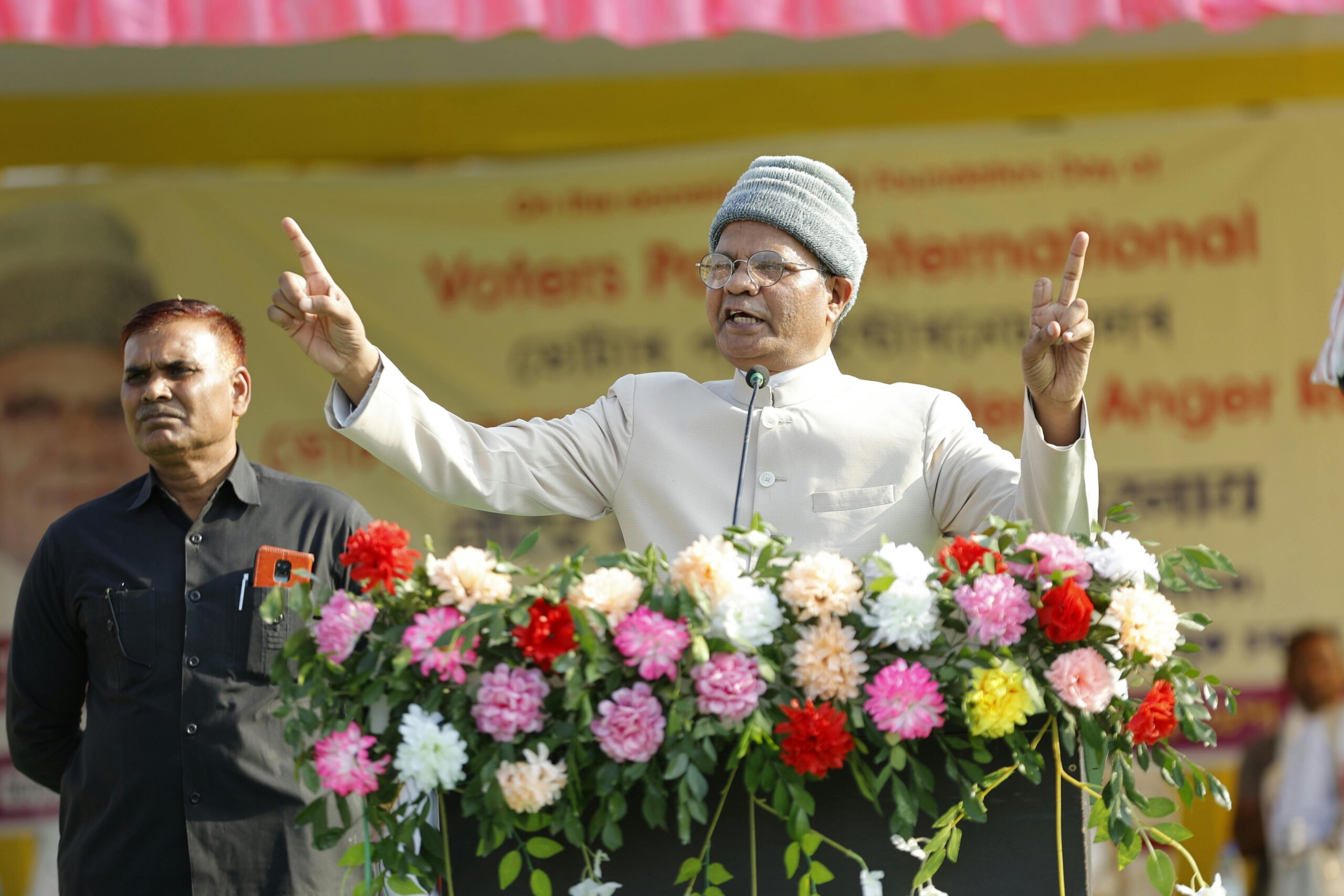How Historical Settings Reflect Speech Behavior
Section I: Introduction – Why Speech Reflects Its Time
Ever noticed how people from the past speak so differently? That’s not just old language—it’s speech behavior shaped by history. From ancient courts to modern streets, the way we speak mirrors the cultural values, social rules, and communication styles of the time. When you understand the historical context, you unlock why people talked the way they did. This matters today because speech still reflects society. Whether you’re a student, speaker, or writer, learning about this link helps you connect better, communicate clearer, and write smarter—with every word shaped by time.
What Is Speech Behavior? (And Why It Changes with Time)
Speech behavior means how we speak—not just the words, but also our tone, gestures, body language, and even pauses. It’s shaped by the social rules, culture, and values of the time. In ancient societies, respectful silence showed power. In modern times, confidence means speaking up. This change happens because every era has its own communication style. Whether formal or casual, speech reflects what people believed, feared, or respected. When you study speech behavior, you don’t just hear voices—you hear history speaking.
How Historical Settings Shape Language Norms
Every time period has its own rules for speaking. In ancient Rome, speech was formal and full of authority. In the 1800s, people used polite and structured language. Why? Because historical settings shape what’s normal in speech. These norms are set by power structures, traditions, and even the technology of the time (like writing vs. texting). What’s “respectful” or “rude” depends on the age. Understanding these language norms helps you see why characters in old books sound different—and why that matters when writing or speaking today.
Real-Life Examples from Different Eras
Let’s break it down with examples.
In medieval times, lords spoke with status, and peasants spoke simply—reflecting social class through speech. In the Victorian era, long, polite sentences showed refinement and self-control. Fast forward to the 1960s, people used casual, bold language to support freedom and protest. Even today, speech changes with trends—think of how texting has changed tone and speed. These real-life examples show that speech behavior always follows the mood of the era, shaped by culture, class, and purpose.
Cultural Beliefs Hidden in Speech Behavior
Speech isn’t just about talking—it reflects deep cultural beliefs. For example, in some Asian cultures, indirect language shows respect and humility, while in Western cultures, direct speech often shows confidence. These habits aren’t random—they’re shaped by values passed through generations. What people say, how loud they speak, or whether they make eye contact all reveal what a culture respects. When you understand this, you see that speech behavior is like a mirror—it shows what societies believe is right, wrong, polite, or rude.
Technology’s Role in Speech Evolution
Technology has radically changed how we communicate, and in turn, how we speak. In the past, writing was the primary way people communicated over long distances, leading to more formal speech. With the advent of telephones, speech became more instant and casual, and today, texting has made communication even faster and more informal. Emojis, GIFs, and abbreviations like “lol” or “brb” are now part of daily speech, reflecting the speed and brevity of modern life. As technology evolves, so will our speech behavior, showing that the medium we use shapes the message.
The Future of Speech Behavior
What’s next for how we speak? As technology continues to advance, so will our speech. We’re already seeing voice assistants like Siri and Alexa change how we use language—shorter phrases and more direct commands are becoming the norm. Virtual reality and augmented reality could soon offer new ways to communicate, making speech even more interactive and immersive. Additionally, the globalization of languages might lead to blended speech patterns, mixing different languages and dialects. The future will surely bring new speech behaviors, influenced by emerging technologies and the globalized world.
-
The Role of Political Movements in Shaping Speech
-
Explore how political revolutions, wars, or movements (e.g., Civil Rights Movement, French Revolution) impact speech behavior and communication styles.
-
-
The Influence of Religion and Belief Systems on Speech
-
Discuss how religious beliefs and movements throughout history have influenced language use, speech forms, and communication in different societies.
-
-
Classical vs. Modern Speech: A Comparison
-
Compare speech patterns and behavior in ancient civilizations (like Ancient Greece or Rome) with modern-day communication methods.
-
-
How Wars and Conflict Shape Language and Speech Behavior
-
Examine how wartime settings and conflicts influence language, often leading to slang, code words, and shifts in formal speech during and after conflict periods.
-
-
Gender Roles and Speech Behavior in Historical Contexts
-
Discuss how historical gender norms and expectations have shaped how men and women communicate, including in formal and informal settings.
-
-
Speech and Identity: How Historical Events Define Social Groups
-
Investigate how historical events, such as colonization or immigration, have shaped speech behaviors within specific communities or groups.
-
-
The Impact of Economic Change on Speech Behavior
-
Examine how different economic eras, like the Industrial Revolution or the rise of the digital economy, have influenced the language of workers, managers, and the public.
-
-
Language Evolution During Times of Social Change
-
Delve into how significant social changes (like the rise of democracy or the end of feudalism) have altered how people communicate, both in public and private spheres.
-
-
Speech as a Tool for Power: Historical Contexts of Rhetoric
-
Explore how rhetoric has been used throughout history to gain or maintain power, with examples from leaders like Churchill, Lincoln, or Cleopatra.
-
-
Language and Social Movements: The Shifting Speech of Activism
-
Discuss how speech behavior evolves during times of activism, focusing on how social movements have redefined language to challenge norms.
Conclusion
In conclusion, historical settings have a profound impact on how we speak. From the formality of past centuries to today’s more casual and tech-driven speech, our speech behavior is a direct reflection of the culture, values, and technology around us. As history continues to evolve, so too will the way we communicate. Whether through changes in language norms, the influence of globalization, or the rise of new technologies, understanding these shifts can help us better navigate both past and future conversations. By examining the connection between history and speech, we can appreciate how deeply words reflect the time in which they are spoken.g





